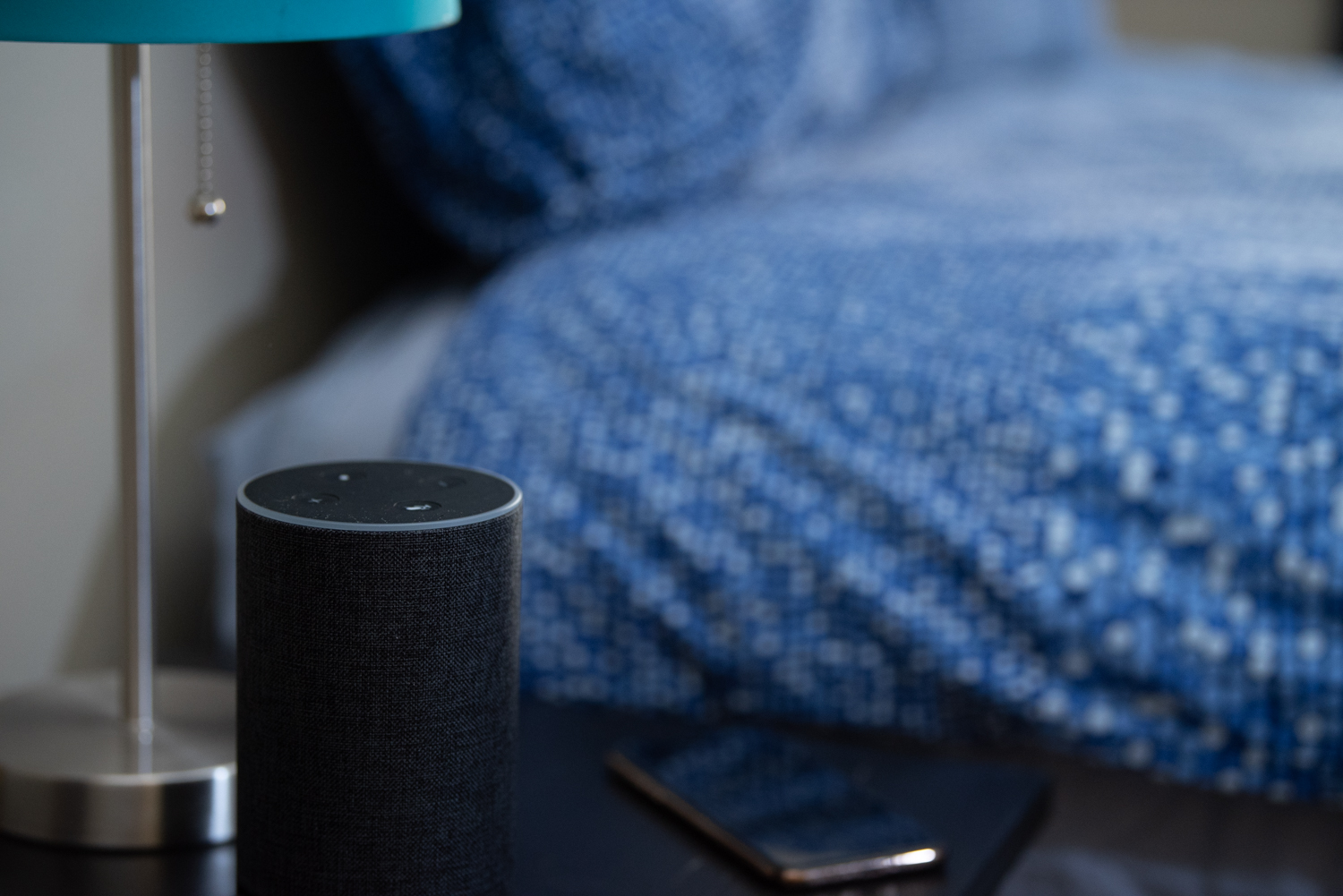Contactless Cardiac Arrest Detection
Using Smart Devices

Out-of-hospital cardiac arrest is a leading cause of death worldwide. Rapid diagnosis and initiation of cardiopulmonary resuscitation (CPR) is the cornerstone of therapy for victims of cardiac arrest. Yet a significant fraction of cardiac arrest victims have no chance of survival because they experience an unwitnessed event, often in the privacy of their own homes. An under-appreciated diagnostic element of cardiac arrest is the presence of agonal breathing, an audible biomarker and brainstem reflex that arises in the setting of severe hypoxia. Here, we demonstrate that a support vector machine (SVM) can classify agonal breathing instances in real-time within a bedroom environment. Using real-world labeled 9-1-1 audio of cardiac arrests, we train the SVM to accurately classify agonal breathing instances. We obtain an area under the curve (AUC) of 0.9993 ± 0.0003 and an operating point with an overall sensitivity and specificity of 97.24% (95% CI: 96.86 – 97.61%) and 99.51% (95% CI: 99.35 – 99.67%). We achieve a false positive rate between 0% - 0.14% over 82 hours (117,985 audio segments) of polysomnographic sleep lab data that includes snoring, hypopnea, central and obstructive sleep apnea events. We also evaluate our classifier in home sleep environments: the false positive rate was 0% - 0.22% over 164 hours (236,666 audio segments) of sleep data collected across 35 different bedroom environments. We prototype our proof-of-concept contactless system using commodity smart devices (Amazon Echo and Apple iPhone) and demonstrate its effectiveness in identifying cardiac arrest-associated agonal breathing instances played over the air.
People
Students
Faculty
Shyam Gollakota
Jacob E. Sunshine
Thomas Rea
Contact: cardiacalert@cs.washington.edu
Publications
Contactless Cardiac Arrest Detection Using Smart Devices
Justin Chan, Thomas Rea, Shyam Gollakota, Jacob E. Sunshinenpj Digital Medicine
Links
Computer Science & Engineering,
University of Washington.